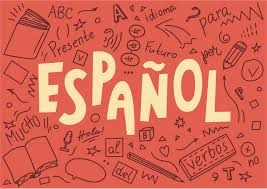Introduction:
In Spain this language is generally called español (Spanish) when contrasting it with languages of other countries, such as French and English, but it is called castellano (Castilian, the language of the Castile region) when contrasting it with other languages spoken in Spain, such as Galician, Basque, and Catalan. A significant number of people also speak Spanish as a foreign language. Spanish is spoken in Spain and 22 other countries. The dialect spoken by most Spanish speakers is basically Castilian, and indeed Castellano is still the name used for the language in several American countries. The first texts in Spanish consist of scattered words glossing two Latin texts of the 10th century, one from Rioja and the other from Castile; the language in the two documents shows few dialect differences.
The best way to learn any language is not to rush it, and that’s certainly true of Spanish. It’s ideal to focus on gaining vocabulary and learning Spanish pronunciations over longer periods of time. And all language learners do best when lessons are sprinkled with plenty of immersive experiences with native speakers. Practice makes perfect. And while it’s not a glamorous shortcut, investing the time in practicing speaking and listening to Spanish every day is key to learning the language. It does not, however, have to be a chore. Going beyond repetition and finding new ways of learning vocabulary and pronunciations can make deeper connections that are engaging. In this blog, we’ll discuss some ways through which you can start to learn Spanish at a young age:





